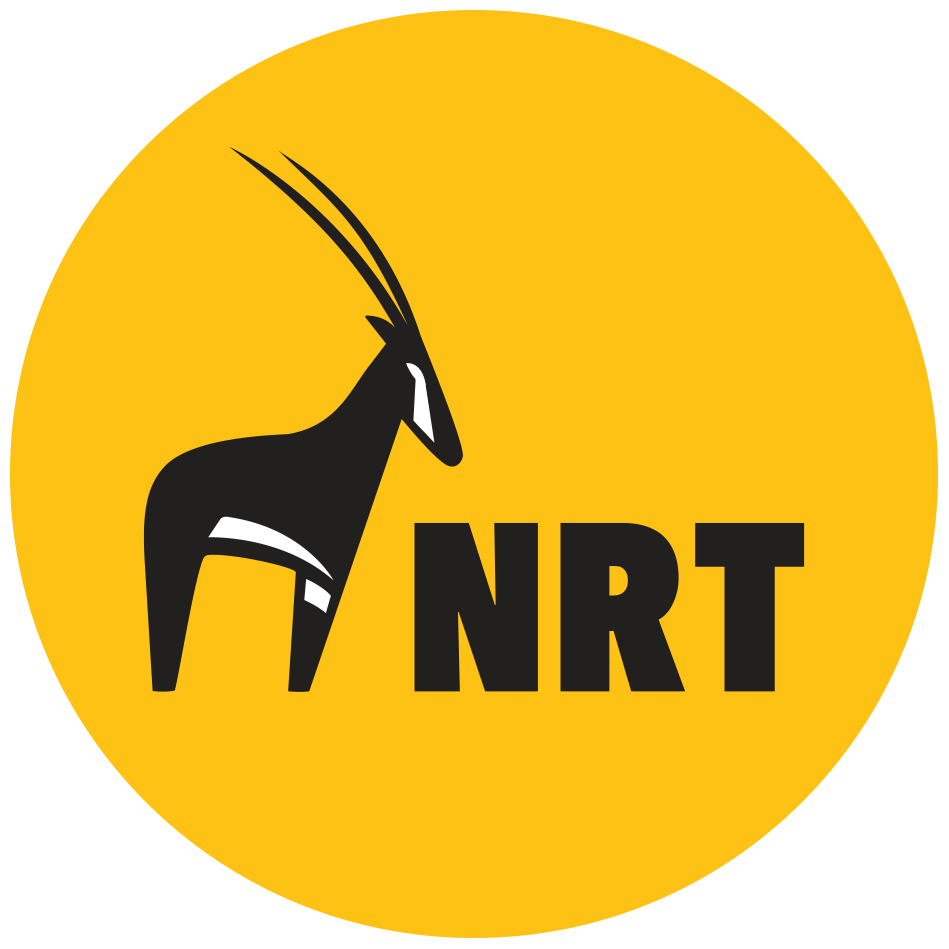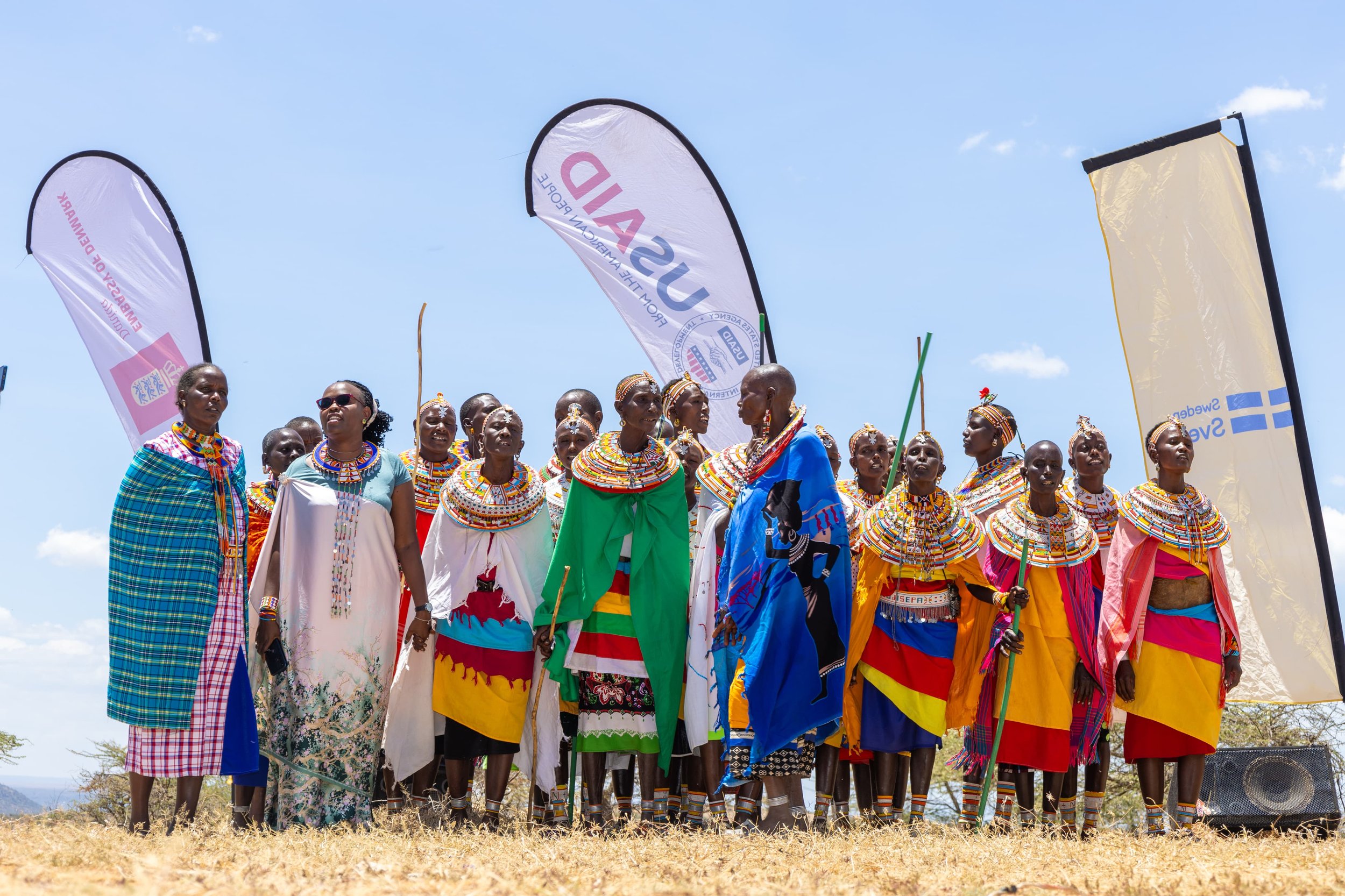Waves of Peace: The Tura-Narasha Water Project Unites Warring Communities in Northern Kenya
Women celebrating during the 2024 World Water Day
The majority of our member community conservancies are located in Arid and Semi-arid Lands (ASALs), where access to sustainable water supply and basic sanitation is lower than the national average for rural areas.
Naibunga Community Conservancy, in Laikipia County, is no different. For years, the Conservancy’s Tura community suffered from water scarcity. Life for this community only took a turn for the better in 2013, when the Laikipia County Government drilled a borehole in this dry, remote area, improving access to water.
Recently, the borehole was equipped with solar technology—lowering the cost of water extraction—and its piping was extended to supply water to the Tiamamut Community in addition to the Tura Community. The solarization of the borehole was supported by the Swedish International Development Cooperation Agency through the Integrated Management of Natural Resources for Resilience in ASALs (IMARA) Programme.
Tura-Narasha Water Project
IMARA, a seven-year programme (2018- 2025), is increasing the climate resilience of vulnerable households in Isiolo, Elgeyo Marakwet, Marsabit, Narok, Samburu, Turkana, West Pokot and Laikipia Counties. The Programme is being implemented by a consortium of five partners: World Vision Kenya (Lead), NRT, Maasai Mara Wildlife Conservancies Association, Saferworld andthe Stockholm Environment Institute.
While the water problem for the Tura and Tiamamut Communities in Naibunga Conservancy in Laikipia County had been resolved, in neighbouring Isiolo County, water scarcity persisted, in the Narasha and Parkuruk communities, who desperate for water, began crossing into Laikipia to draw water from the borehole, sparking conflict.
The Tura community especially, was aggrieved by the influx of people, as their livestock encroached on the community’s dry season grazing area. Incidents of pipeline vandalism and livestock theft further escalated tensions, as they resulted in grave injuries and loss of life.
Mary Mosian, from the Tiamamut community in Naibunga Conservancy explains, “In the past, the Narasha community would receive relief food and generously share with us to feed our children. The conflict over water ruined relationships and the self-help groups we had formed to support each other collapsed.”
To identify the root causes of conflict in the area and foster peaceful coexistence, a task force led by NRT’s Peace Programme and consisting of elders from the affected communities, national and local government representatives, National Police Service officials and other key stakeholders was formed.
The task force drew the support of local security authorities and the area Member of Parliament, Hon. Sarah Lekorere. With the assistance of local chiefs and village elders from the warring communities, the task force held peace talks with morans from the Tiamamut and Narasha communities, who were active participants in the conflict. The talks bore fruit and resulted in NRT extending the pipeline to supply water to the Narasha community, while USAID’s Nawiri Programme is supporting pipeline extension to the Parkuruk community. The project is set for completion in three months.
The task force and the extension projects have improved peace in the area, and on the 22nd of March, the Tura, Tiamamut, Parkuruk and Narasha communities came together to celebrate World Water Day, whose theme this year, ‘Leveraging Water for Peace,’ underscored the vital role of water in fostering harmony. For the Tura and Tiamamut communities in Naibunga Community Conservancy, and Narasha and Parkuruk in neighbouring Isiolo County, the days of the glass being half-empty are over.
Now, thanks to these strategic water interventions, their glass can be filled again.



